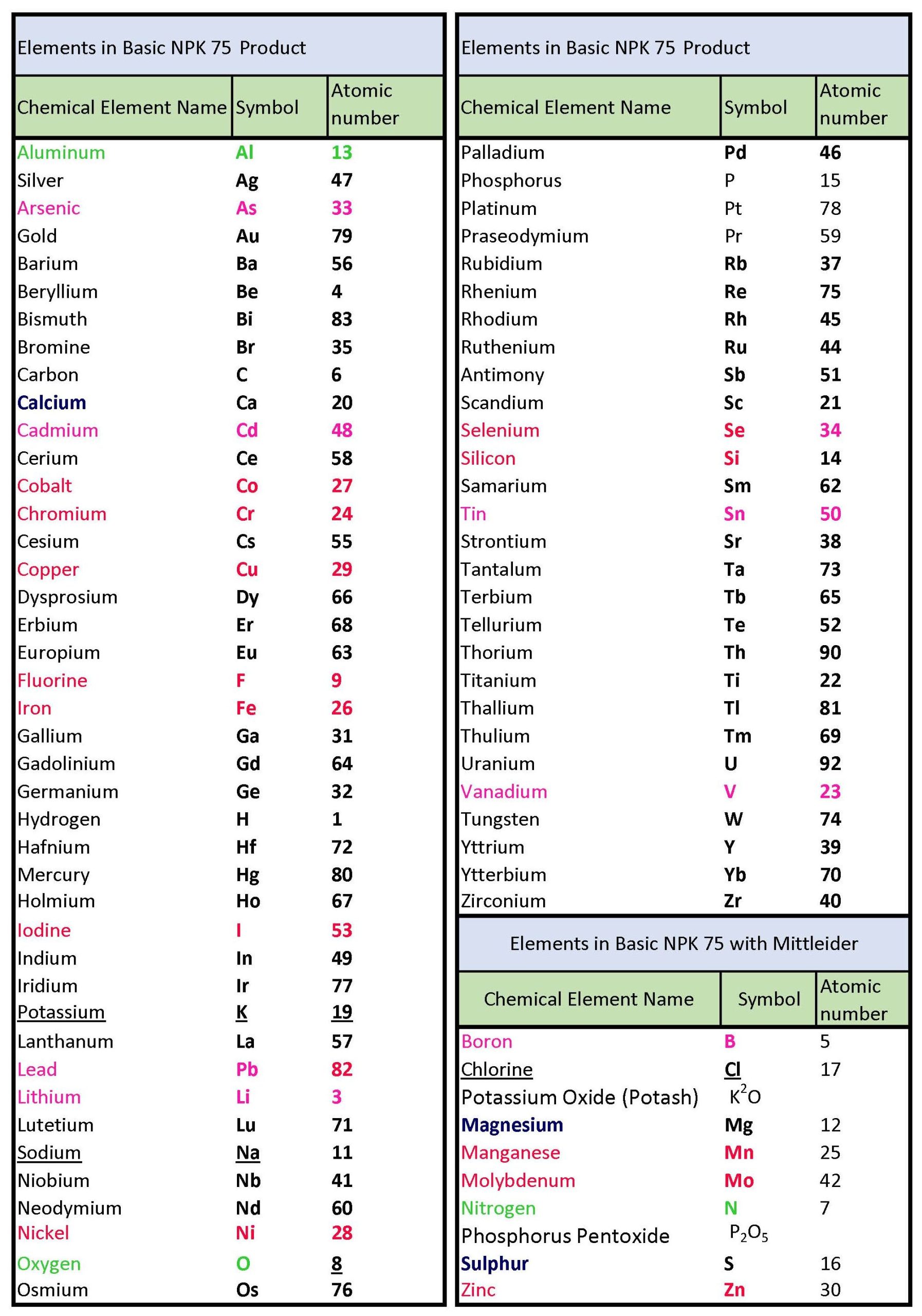Environmental Review
NPK75’s mineral deposits were created over millions of years by a fresh water, stratified sediment largely composed of a montmorillonite, a phyllosilicate – not “silica” and alternating layers of organic material and residual fulvic acid forming a colloidal sandwich Impregnated with a diverse smorgasbord of trace elements chelated to amino acids. (see attachment for the list of trace minerals).
Bentonites and other types of clay can contain overwhelming amounts of certain minerals like silica that could pose potential danger to the system. Montmorillonite is purer with much less calcium and sodium and greater exchange capacities. Its ability to adsorb and absorb toxins makes it the most preferred species of edible clay. “Calcium-based clays are referred to as ‘living clays’ as they principally consist of minerals that contribute to the production of enzymes in all living organisms. They are the preferred clays to be ingested by humans, animals, and plants and for incorporating into soil.” http://www.aboutclay.com/history_of_clay.
Montmorillonite has demonstrated benefits for humans and animals. For plants, the benefits include: Increased yield, bigger plants, more blossoms = more fruit, larger fruit, longer growing season, higher protein count, better nutritional value, reduces wilting during heat and dehydration after harvest, thwarts fungus attacks, increases resistance to other parasites. The montmorillonite helps: foster pro-biotic life that can actually free up nutrients enhancing their bio-availability, break down toxins, turning them into usable elements later on, and bind nutrients to soil particles for easier absorption.
The NPK75 deposits provide the source of the climate-safe natural fertilizer patented as NPK75. There are no harmful components in the inputs (montmorillonite) and no harmful by-products that result from the micronizing and nano-sizing of the deposits. The only environmental issue that an NPK75 fertilizer production plant needs to address is the potential for mineral dust while the powder is being transferred into the turbines. The end product is a concentrate of the minerals in water. 99% of all water used to make the concentrate is contained in the final product. The plant produces almost zero mineral product waste or water waste. And any waste produced is made up of safe, non-hazardous materials.
As a result, the facility maintains a ventilation system and workers use N-95 filters while transferring mineral powder into turbines during production. The following citation from the EPA’s Identification and Listing of Hazardous Waste 40 CFR §261.4(b): Exclusions: Solid Wastes which are Not Hazardous Wastes.
§261.4(b)(7) Mining and Mineral Processing Wastes (Bevill)[1]
(i) For purposes of Sec. 261.4(b)(7) beneficiation of ores and minerals is restricted to the following activities; crushing; grinding; washing; dissolution; crystallization; filtration; sorting; sizing; drying; sintering; pelletizing; briquetting; calcining to remove water and/or carbon dioxide; roasting, autoclaving, and/or chlorination in preparation for leaching (except where the roasting (and/or autoclaving and/or chlorination)/leaching sequence produces a final or intermediate product that does not undergo further beneficiation or processing); gravity concentration; magnetic separation; electrostatic separation; flotation; ion exchange; solvent extraction; electrowinning; precipitation; amalgamation; and heap, dump, vat, tank, and in situ leaching.
The NPK75 Climate Smart Fertilizer Plants will meet all environmental and OSHA requirements. Due to the safe and efficient nature of the production of NPK75, there are no harmful waste by-products (either water or solid waste).
Contents of the NPK75 fertilizer:
78 Trace Minerals that replenish the soil and improve the nutrition of crops produced

[1] Identification and Listing of Hazardous Waste 40 CFR §261.4(b): Exclusions: Solid Wastes which are Not Hazardous Wastes. A User- Friendly Reference Document Version 1: October 2009. Retrieved Dec. 26, 2022: https://www.epa.gov/hw/user-friendly-reference-document-hazardous-waste-exclusions.https://www.epa.gov/hw/user-friendly-reference-document-hazardous-waste-exclusions.
